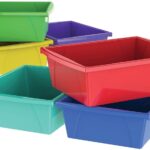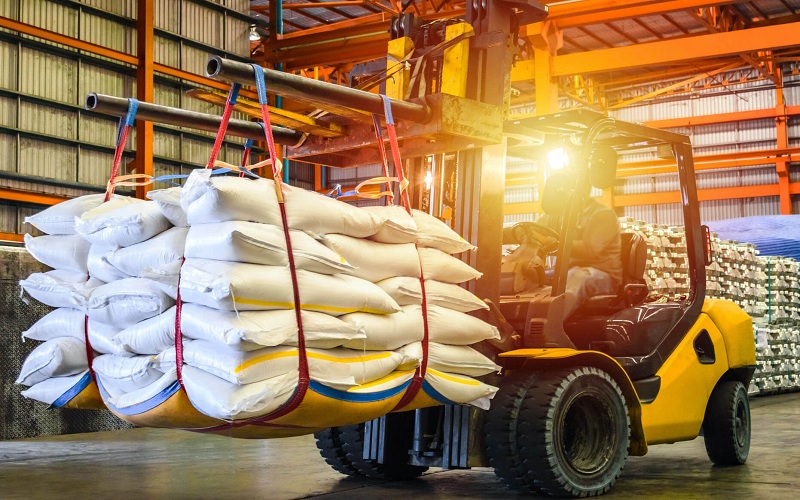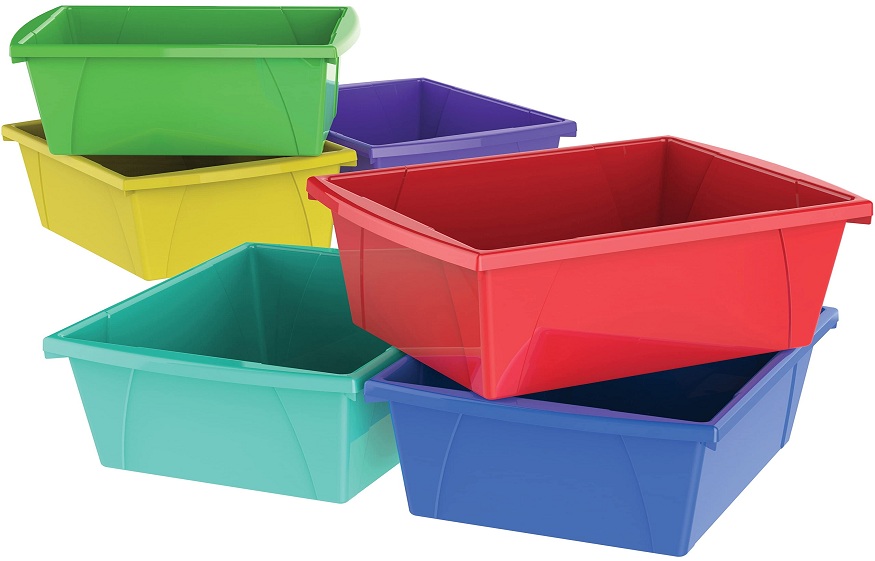Lifting slings and strings are some of the most underrated parts of any construction or infrastructural project, but the roles that they have to play are some of the most consequential, be that during lifting turbine blades during the construction of a wind farm, or during the manufacturing of consumables in a factory.
Choosing the right lifting equipment in general, and lifting slings and sleeves in particular, is essential to ensure seamless and efficient production and operations. In this blog, we will be taking a look at the factors and guidelines that you must consider when looking for lifting sleeves and slings for your enterprise, and what are some of the comparative advantages that they would offer. So, let’s get started.
Demand Side Considerations:
While looking for lifting equipment, there are certain operational considerations that must be taken into account, and the following pointers should help get a good idea regarding the same.
- The weight of the load plays an important role while looking for lifting equipment.
- The centre of gravity, or the manner in which you wish to tether and lift the load.
- A slinging configuration that helps balance the load in the best way possible.
- The load limit for which the lifting slings have been certified.
- The dimensions and edges of the load need to be accounted for as well.
- Finally, the environmental factors in which the lifting equipment would be deployed would play a role in determining the type of slings and sleeves that you would need.
Now, once you have ascertained the requirements for shortlisting the lifting equipment, you will need to shortlist the lifting sleeves and slings from the options that are available on the market.
Lifting equipment: An overview
Nylon slings:
These are by far the most commonly used lifting slings that are available on the market, and their durability, cost, and versatility make them some of the most desirable ones out there. These types of slings are well-protected against grease and corrosives and can be stretched by up to 10% at their limits. Now, there are certain limitations that must be considered before going with them, and one of the main ones is the fact that they cannot be used for applications where temperatures can go over 194 degrees Fahrenheit.
Polyester slings:
As the name suggests, these lifting slings are made out of polyester, and these can be obtained in a wide variety of weight classifications. When compared to nylon slings, polyester slings can be extended by 5% instead of 10%, but it must be considered that these figures can be different based on the manufacturer. Polyester slings can be used for a wide variety of applications, but if you are looking for something that’s more robust, and can carry a lot more weight, the following lifting slings should come in handy.
Wire rope slings and chain slings:
If your operations involve lifting heavy loads in rough environments, wire rope and chains are the ones to go for. These types of lifting equipment can be obtained in a wide range of configurations, and what this means is that they can be used in a versatile manner. Look for the exact dimensions and tolerances while picking them up from a manufacturer.
The aforementioned are some of the commonly used lifting slings that are being widely deployed for industrial applications, but when it comes to using them, lifting sleeves should be considered as well
Lifting sleeves:
These are sleeves, or covers, that are placed over the slings to offer protection against corrosion, cuts, or abrasions, thereby ensuring worry-free operations and long life for the slings. Nowadays, manufacturers like Garware are using superior materials like X2 fibres to make these sleeves, and these innovative materials ensure heightened strength and durability, which makes them suitable for heavy-duty applications.
Lifting sleeves have a secondary role to play as well, and that is concerned with the fact that they can be used to boost grip levels as well, making slippages less of a concern during material handling.
When sourcing lifting sleeves from a reputed manufacturer, you would be pleased to know that they can be obtained in customisable configurations as well, something that would ensure that these sleeves fulfil your roles and requirements in an efficient and effective manner.
Conclusion
When it comes to choosing the right lifting equipment, there are a number of factors that must be considered, and the aforementioned are just some of the several out there. In fact, even the joints and heads should be properly monitored, so as to ensure that each and every application that they are meant for, is properly executed. In this day and age, finding the right lifting equipment, or a yarn company for that matter, shouldn’t be much of a task as a quick search online should help you determine the best fit for your job.

 The Demographic Shift: Who’s Really Using Personal Loan Apps?
The Demographic Shift: Who’s Really Using Personal Loan Apps?  Organising Modern Workspaces with Plastic Storage Containers and Stackable Storage Containers
Organising Modern Workspaces with Plastic Storage Containers and Stackable Storage Containers  Should You Hold Google Stock for 10+ Years? Benefits of Long-Term Investing
Should You Hold Google Stock for 10+ Years? Benefits of Long-Term Investing  Things You Need To Know Before Paying Your Rent Through Credit Card
Things You Need To Know Before Paying Your Rent Through Credit Card  Digital Bill Payments Shaping the Way People Handle Daily Expenses
Digital Bill Payments Shaping the Way People Handle Daily Expenses  Car Loan Handbook: Everything You Need to Know
Car Loan Handbook: Everything You Need to Know  What to Consider Before Purchasing Electronics on EMI
What to Consider Before Purchasing Electronics on EMI  Balancing Instant Personal Loan Speed with Long-Term Affordability
Balancing Instant Personal Loan Speed with Long-Term Affordability  MISTAKES TO AVOID WHEN RENTING A WAREHOUSE IN THE UAE
MISTAKES TO AVOID WHEN RENTING A WAREHOUSE IN THE UAE 





